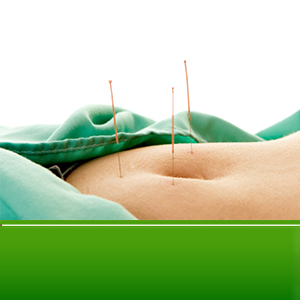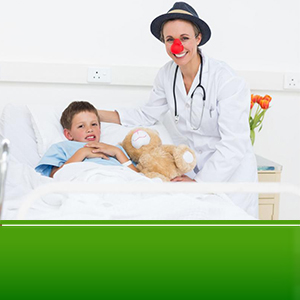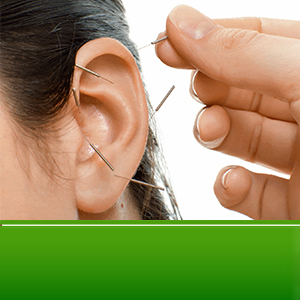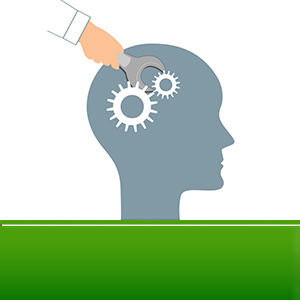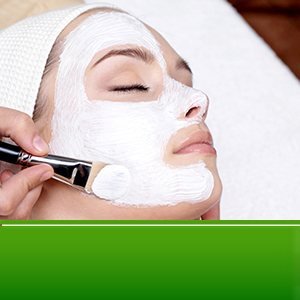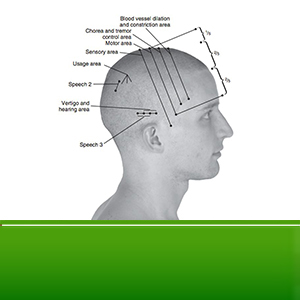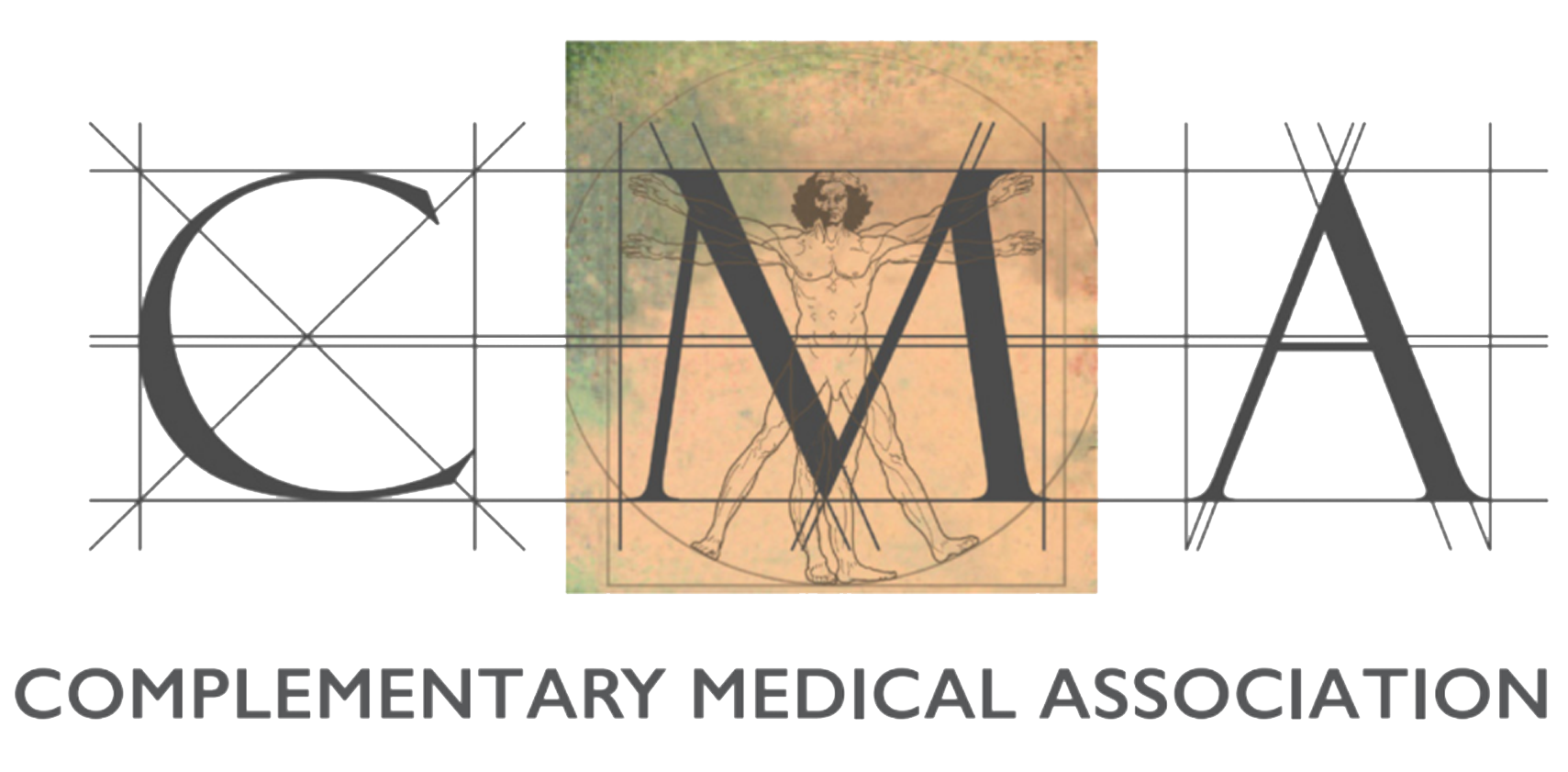
Register Now! Please, fill in your personal details and we will contact you shortly
Emergency First Aid
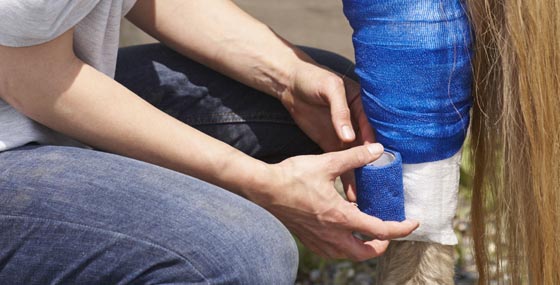
Audience
About the program
An easy to follow, practical course designed for the horse owner or handler to learn essential emergency first aid skills. Despite the best efforts to keep horses in safe environments or how well they are cared for, sickness and injuries can happen. This emergency equine first aid course will equip horse owners and handlers with the knowledge of how to deal with different situations promptly, safely, and effectively. The horse owner or handler who is prepared with emergency first aid skills will give the horse suffering with a serious injury or illness a head starts for recovery ahead of the veterinarian.
Students will learn how to recognize emergency injuries and illness and the immediate action to take including how to stay safe, what to look for, how to carry out simple procedures such as taking a horse’s vital signs, wound cleaning, wound dressing, bandaging and how to manage a distressed horse in pain until the veterinary surgeon arrives.
Students will learn about the most common injuries, illnesses, and medical emergencies, how to recognize the signs and symptoms and the first aid treatment to administer. In addition, students will gain an excellent understanding of what constitutes a comprehensive first aid kit; essential first aid kit items and their correct effective use in all first aid situations.
All horses should be checked thoroughly for signs of injury as part of the daily care routine, to ensure injuries are identified and professional veterinary care received a simple first aid kit, kept in the tack room or stable yard, is a necessity for every horse keeper. A few essential items stored safely in a clean, dry box, can save a lot of panic if an equine emergency occurs. The box should be labelled clearly and should include contact numbers for your veterinary surgeons. Any used or expired items should be replaced immediately.
An equine first aid kit should also be part of the equipment that is taken to shows or whilst traveling. Carrying a separate human first aid kit is also advantageous First aid action the aim of first aid is to take immediate action when an injury is discovered, to prevent the condition getting worse while awaiting veterinary assistance.
- Prevent further injury by taking charge of the horse and guiding it to a place of safety.
- Briefly assess any injury and be ready to relay details to the veterinary surgeon.
- Call the veterinary surgeon and act on the advice received from them.
- Identify the cause of the injury and take measures to prevent it happening again.
- If in doubt, always call the vet.
A call to the veterinary surgeon might not necessarily result in a visit. Advice given over the telephone can provide reassurance to the keeper and ensure that correct first aid treatment is given. Calling the veterinary surgeon early is essential.
Assessing wounds
Cuts and grazes are the most common injuries that are likely to need attention – to stop bleeding and to prevent infection. The type and location of a wound, and the manner in which it was caused, can affect its severity and treatment.
We will be using a variety of learning from classroom based to practical with a focus on learning through understanding. This course combines classroom and practical sessions as the very best learning comes through hands on, the feel of the horse and how they communicate.
The course also covers legislation around emergency first aid provision and who can administer emergency first aid, focusing on countries where students live. Emergency classification of injuries or illness is clarified along with highly infectious diseases and the code of conduct surrounding them.
The course is 60% theory 40% practical and is taught by an experienced equine therapist, first aid trainer and teacher with over 20 years teaching experience. The teaching will include subject presentations and a variety of teaching methods to help consolidate learning and understanding. The course will offer a supportive, inclusive learning environment embracing equality and diversity. A course workbook to keep for reference will be given to each student and there will be plenty of opportunity for practical learning and practice of first aid treatment. By the end of the course, students will have good understanding, knowledge, and skills to deal with equine first aid emergencies.
A certificate of attendance will be issued to each student. After the course all students will have ongoing access to further help should they need it via email, telephone or zoom.
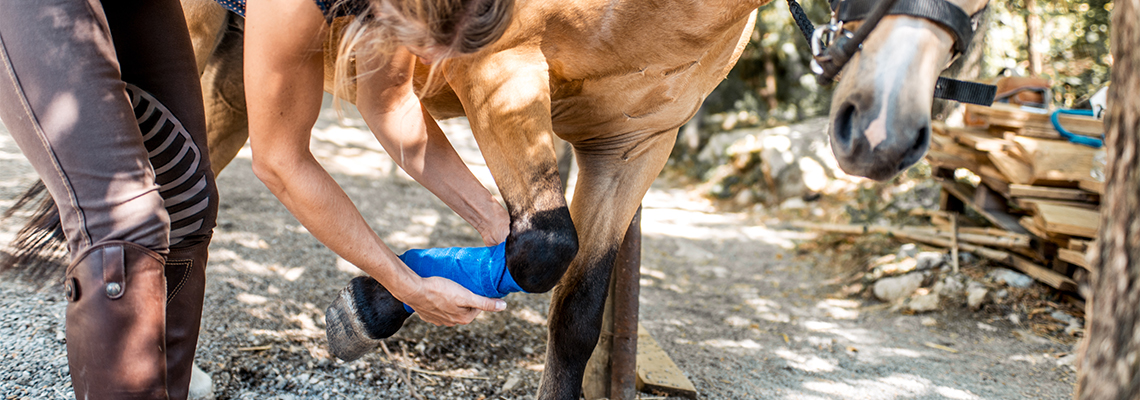




 About the college
About the college
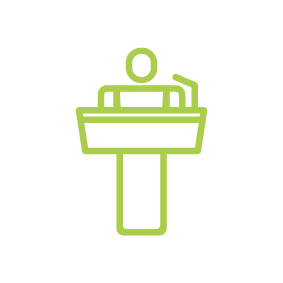 Lecturers
Lecturers
 Gallery
Gallery
 The Dean
The Dean
 CMA
CMA
 CMA President
CMA President
 Dubai Racing Club
Dubai Racing Club
 Dubai Equestrian Club
Dubai Equestrian Club
 Our partners
Our partners




